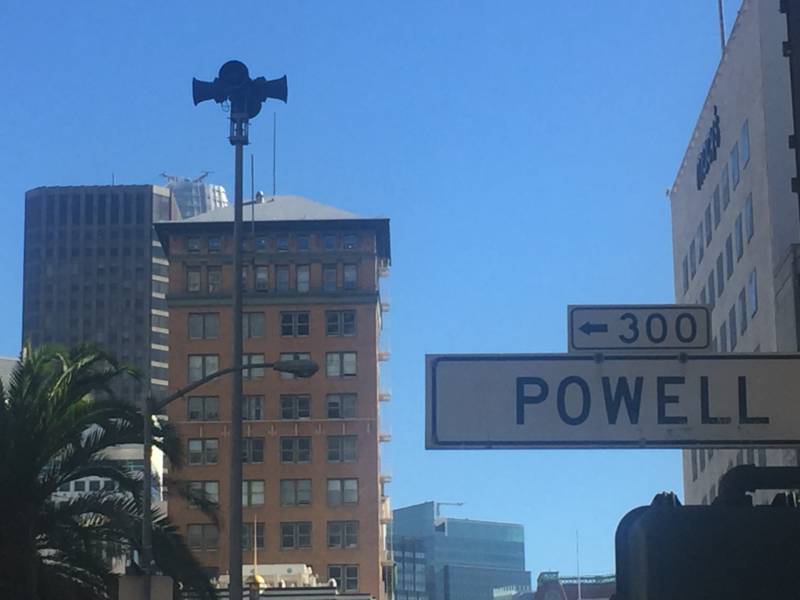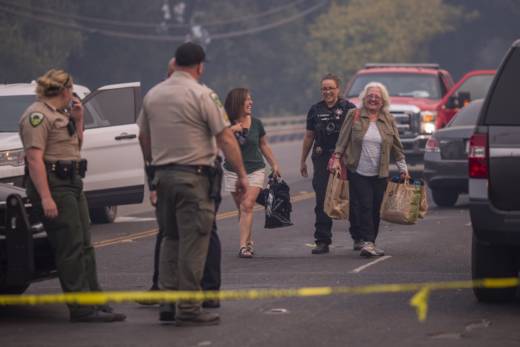Mendocino County Sheriff Tom Allman said there are a few more along the coast of Humboldt County, but there aren’t any emergency sirens inland to warn of other disasters.
“There certainly is a need for loud sirens outside,” Allman said. “They shouldn’t be used for everything. People get tired of hearing them so they just don’t listen to them, but there is certainly a need.”
In Napa County, there is one outdoor siren at a fire station in St. Helena and another at Napa State Hospital, according to county spokeswoman Kristi Jourdan. Both locations were outside evacuation perimeters and therefore not used, she said.
Outdoor emergency sirens are sometimes thought of as outdated technology. Long ago, fire stations used them to call in firefighters to work in an emergency.
In San Francisco, 50 sirens were installed in 1942 to warn people of potential air raids or bombs during World War II. The sirens eventually got old and defunct until the city received $2.1 million in federal funding in 2005 to fix them and add new ones.
Today, San Francisco has 114 outdoor wailing sirens capable of broadcasting pre-recorded messages in Spanish, Cantonese and English, and also live announcements.
The city tests the siren system every Tuesday at noon. Its main purpose is to warn residents of an incoming tsunami and supplement the city’s public emergency alert strategy, said Francis Zamora, director of external affairs at the city’s Department of Emergency Management.
“You want to have a healthy redundancy,” he said. “My mother is not on Twitter, but she will hear the sirens.”
Zamora said the last time the outdoor sirens were sounded was in 2011, only on Treasure Island, to warn residents that potable drinking water was suspected of being polluted after a major water main break. The sirens were followed up with door-to-door visits.
On the night of the fires, Northern California emergency officials sent text messages, emails and robocalls to landlines, but many residents said they had little to no warning of the approaching fires and evacuated only after hearing neighbors or law enforcement officers banging on doors urging people to get out.
Part of the problem is that the digital alert system counties used during the wildfires, which is called Nixle, is an opt-in program that sends alerts only to people who have signed up for the free messaging service. In addition, Wireless Emergency Alerts, a screeching alarm sent to cellphones much like Amber Alerts, were not deployed. And nearly 80 cell towers were damaged or destroyed by the fires that also knocked out power lines, making it difficult to communicate, including for emergency responders.
Outdoor sirens aren’t traditionally used to warn of wildfires. They are commonly known as tornado warnings but some cities use them for flash floods and other disasters, especially as many emergency warning systems rely on wireless or digital power capabilities, said Aaron Wolking, national sales manager at the Colorado-based manufacturer Sentry Sirens.
“You still need something out there that tells people, ‘Seriously this is a big problem. You need to seek shelter. You need to seek safety,’ ” Wolking said.
A technical bulletin issued by the Federal Emergency Management Agency in 2006 advised that all new outdoor warning systems, including outdoor sirens, should have alternative power supplies.
“There is no single method of alert and notification that meets the needs of every portion of every community in every situation,” the bulletin states.

